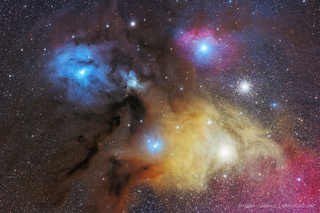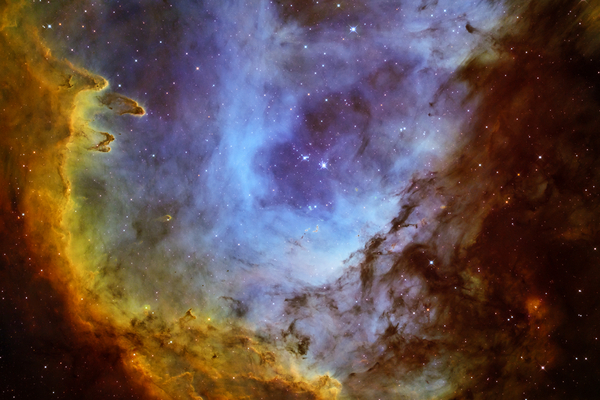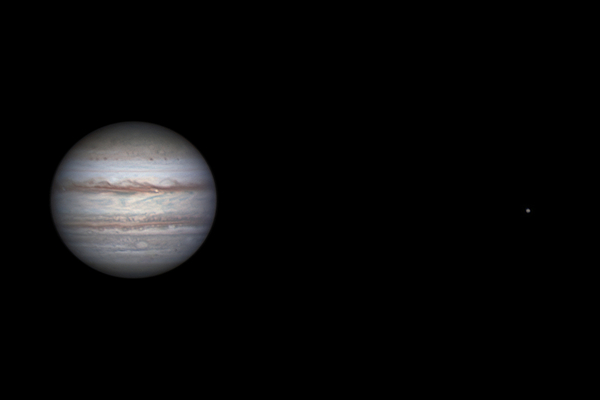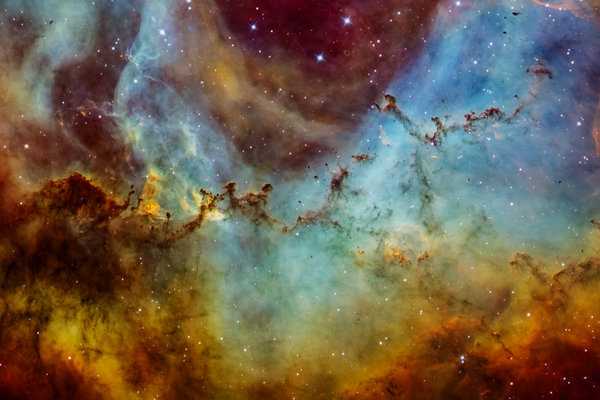Picture of the Month - April 2020 - Rho Ophiuchi & Antares Region
Wonderful colors and detail from the southern hemisphere by Adrien Klamerius
A wonderful and special astrophotography image each month by Hungarian astrophotographers.
The object of the Southern hemisphere
Though it is visible from Hungary as well, one of the most colorful deepsky object you can catch, shows its real beauty on the skies of the southern hemisphere.
I have wanted to capture this vivid and eventful area for a long time. A couple of years ago I’ve already had a preliminary attempt from Croatia, but even then I could feel that – despite the fact that it is visible from the northern hemisphere as well – it is rather worthwhile to capture its photons from the southern sky.
The complex interstellar landscape
Within the Rho Opiuchi Cloud Complex almost all exciting deepsky phenomena can be found: globular cluster, reflection, emission and dark nebulae, together creating an almost unprecedentedly colorful area. It is of particular interest that the surrounding molecular cloud complexes are lit by the yellow light of a red giant, and the blue light of two young blue stars. However, in order to see this an astrophotographer has to travel to the southern hemisphere.
The idea of wanting to observe the inner region of our galaxy matured for a couple of years, and in 2018 I finally managed to see the wonderful southern Milky Way along with our accompanying galaxies. Our trip to Namibia was coming to an end, so until the next meeting, I said farewell to the magnificent southern sky with this object.
Large in the sky, as well as in real life
The colorful nebula around the Rho Opihiuchi star is not only spectacular, but also extensive, thus not only visible through binoculars but through smaller zoom lenses, too. Although it is not detectable to the naked eye, its theoretical apparent diameter corresponds to 10 full moons, so it is enormous. This often raises the question – how come it is not visible to the naked eye, if it is so vast? Despite its size its surface brightness is low, but not so much that it would disable taking eye-catching images with sensitive, modern digital cameras and high-quality brightness lenses.
Due to its extension it only could have fit into my field of view as a multiple-panel photograph, so it was one out of two objects that I wished to shoot with a telephoto lense, according to my observation plans. Unfortunately, it had the disadvantage of having to fight more with a dense sea of stars during the postprocessing.
The colorful nebulae around the stars of Rho Ophiuchi are one of the most exciting regions in the Southern Hemisphere for many, but the possibility to capture it in truly good quality is given only to a fortunate few.
Adrien Klamerius





